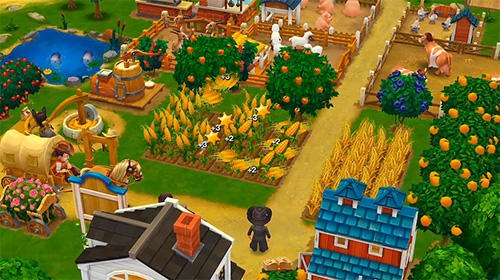

While the heyday of the medicine shows came after the Civil War, the “Indian doctor” phenomenon goes back farther than that, piggy-backing off the dearth of professional doctors in pioneer settlements and the primitive state of “scientific” medicine itself. Music and entertainment also helped drown out the protests of local doctors and dentists, whose business these shows cut in on. In the days before anesthetics, brass bands covered up patients’ screams inside the wagon. These doctors often doubled as dentists and yanked rotten teeth by the thousands. The traveling outfits also raked in thousands of dollars by touting medicinal cure-alls for common ailments, as Indian doctors announced their ability to cure practically all known ills - from dysentery, headaches and “private diseases” (venereal in nature) to dreaded cases of tuberculosis, cholera, and cancer. Leading them, there was usually a wild-looking doctor - typically a white man claiming to be Native American or at least to have studied herbal healing with “Indian medicine men.” What the shows really dispensed was exotic flare: banjo-playing minstrels, brass bands, even freak shows. These shows were something like the medical version of Buffalo Bill’s Wild West. But in the 1800s, an “Indian doctor” meant something totally different.įor decades after the Civil War, so-called “Indian medicine shows” rolled through cities and country towns across the U.S. Today, rural towns often have doctors with American Indian surnames.


 0 kommentar(er)
0 kommentar(er)
